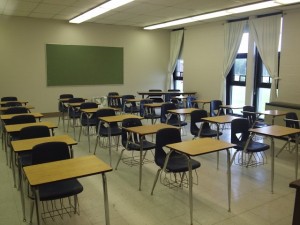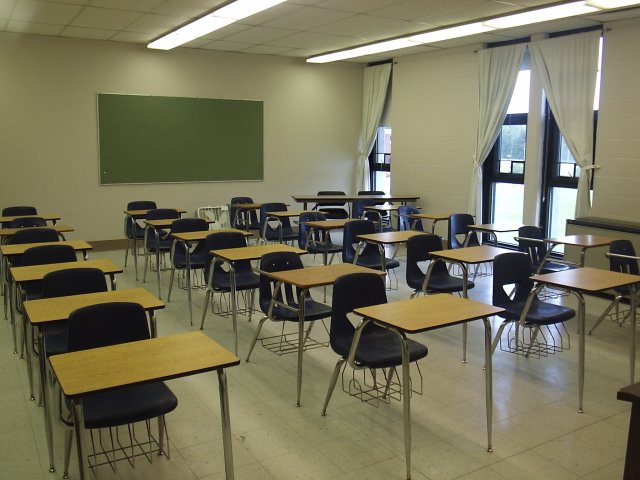 In the wake of a batch of federal data released earlier this year showing minority children are disproportionately disciplined in schools, experts and policy makers say the reasons are complicated and not so easy to explain. But one thing is clear, they say, changing that is going to require a major shift in school philosophy.
In the wake of a batch of federal data released earlier this year showing minority children are disproportionately disciplined in schools, experts and policy makers say the reasons are complicated and not so easy to explain. But one thing is clear, they say, changing that is going to require a major shift in school philosophy.
African-American students make up 18 percent of the pupils in a major U.S. Department of Education Office for Civil Rights survey covering the 2009-2010 school year. But they make up 35 percent of students suspended once, 46 percent of students suspended more than once, and 39 percent of students expelled.
“There’s no proven conclusive definitive explanation,” said Michael Harris, a senior attorney for juvenile justice with the National Center for Youth Law in Oakland, Ca. But he added that he thinks the problem is for the most part what’s termed “differential response.”
“The teachers or administrators respond differently to children of different races,” Harris said. “When you can break down data on required disciplinary measures, when there’s discretion, there’s much more racial disparity.”
That is to say, students of all races are likelier to get the same punishment for the same infraction when written rules specify consequences. But when teachers or administrators can craft a response themselves, African American students are likely to suffer more, said Harris; to a lesser extent, so do Hispanic and other minority students.
But Robert Horner, a professor of Special Education at the University of Oregon, and long a researcher on student behavior, says data show a little more nuance. “It’s not really black teacher versus white teacher,” he said, citing studies pointing more to socio-economic bias.
Yet the effect is clearly race-biased: “we as a nation are doing a lousy job of socializing African-American boys … we’re not teaching them the skills they need to be successful,” Horner said.
Slicing data by both race and gender, African-American males face the highest risk ratio. More than any other group, they are most disproportionately sent to the office, disciplined, suspended or expelled.
Harris advocates switching to a restorative justice model, which brings together the wrongdoer and the wronged to “try and resolve the underlying dispute.”
That has the virtue of ending retaliation cycles for one, he said. Teachers or administrators actually bring the actors and witnesses together to settle on some appropriate sanction, say, a letter of apology, for example.
A bill in the California Assembly aims to tackle the racial disparity in school sentencing. Senate Bill 1235 requires offending schools to implement evidence-based programs to reduce disproportionate suspensions of “ethnic or racial subgroups” of students. If it passes, it would begin with the 2013-2014 school year.
Horner supports the general idea, but thinks any law should define what kind of study exactly it means by “scientific.”
He himself is sitting on a mountain of data on the solution he studies to school disciplinary problems. Positive Behavioral Intervention Supports (PBIS) are “a framework to a whole-school” approach, he explained.
“We’re saying make schools a context where more kids will succeed behaviorally and academically,” he said. The best way to do that is to make the school environment consistent, predictable, positive and safe.
That means setting up an environment where students, teachers and parents all have the same “behavioral expectations” and bullying, skipping school—any deviations—are not rewarded with attention.
Horner said when he walks into a PBIS school, even young children are able to tell him what’s expected and give examples. Respecting the environment means bussing your lunch tray, or picking up trash, for example.
The disproportionate discipline is a nationwide trend that Gwinnett County, Ga., schools are well aware of, said system spokesman Jorge Quintana. His, the 13th-largest school system in the United States, practices PBIS.
“With feedback from students, high expectations for good behavior are set at the school,” said Quintana. “The school then promotes those expectations using incentives and rewards when students are observed making good behavior decisions.”
The county also has two separate mentoring programs that respectively recruit mentors from inside and outside the school, among other programs.
“It is the school system’s goal through our discipline policy to help students change their bad behavior, no matter their race or ethic background,” Quintana concluded.
